One day in the middle of December, I was searching for plane tickets on Momondo, just as I always do. I stumbled upon return tickets from Copenhagen to Budapest for just 278 DKK in January and I booked them. Just like that. Sometimes, I don’t even think, I just book, but I never regret. I had no expectations of Budapest, but it turned out to be an amazing city, so I decided to share my top 10 must-sees that I saw during my nine days in the city!
1. The Parliament
The Hungarian Parliament Building is often voted as the most beautiful parliament in the world – and with good reason!
It’s an enormous building at 268 m. in length, 118 m. in width and 96 cm. in height, with over 692 rooms, 20 towers and 88 statues of important historical people. It’s a monumental masterpiece and a definite must-see in Budapest. While getting up close to the building to see all the details is recommended, the best view – and where you’ll get to take the best pictures – is from the Buda side, where you can see the Parliament reflecting in the Danube river.
Be sure to see the Parliament from the Buda side at night as well, when it is lit up beautifully in golden colours!

2. Buda Castle
Buda Castle, which is a part of the Budapest World Heritage Site, is a historical castle from 1265 and the former home of the Hungarian kings. From the chain bridge, it’s possible to take a spectacular – yet expensive – ride on the 19th century funicular railway called Budavári Sikló to the castle.
I was lucky to have some days with snow in Budapest, which made the castle and the Sikló look even more magical, but if that’s not possible, a walk to the castle is still very much recommended, even if it’s just to see the stunning view of the city from above.
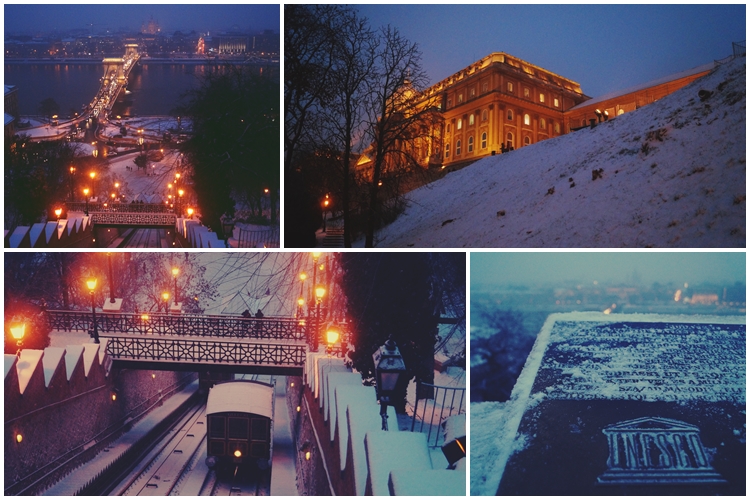
3. Gellért Hill
Take a little hike in the middle of a busy city and find yourself in the middle of the dramatic history of Budapest. Gellért Hill was named after Saint Gerard, who was thrown to his death from the hill. At the top of the hill is the old Citadella and the Liberty Statue, commemorating those who gave their lives for the independence, freedom and prosperity of Hungary, and under the hill is a 60 m. long and 18 m. deep cave created over 300.000 years ago, which is covered with white crystals composed of gypsum, calcite and aragonite.

4. Fisherman’s Bastion & Matthias Church
Located on the Castle Hill is one of Budapest’s best known tourist attractions; The Fisherman’s Bastion or the Halászbástya in Hungarian. The neo-Gothic and neo-Romanesque styled terrace is situated right next to the stunning Matthias Church, a Roman Catholic church from the 14th century in Gothic style.
The buildings are very worth seeing in themselves, but don’t let the large amount of people keep you from climbing up the tower, where the view is indescribably beautiful – in my opinion, this is the best panoramic view that you can get in all of Budapest!


5. St. Stephen’s Basilica
With the 96 m. tall dome, the St. Stephen’s Basilica is not easily overlooked. The Roman Catholic basilica was built between 1851 and 1905 and is named after Stephen, the first King of Hungary (975-1038). The basilica houses Hungary’s most sacred relic – the mummified right hand of St. Stephen.
The basilica is an architectural masterpiece and from the cupola there are stunning panoramic views of the city.
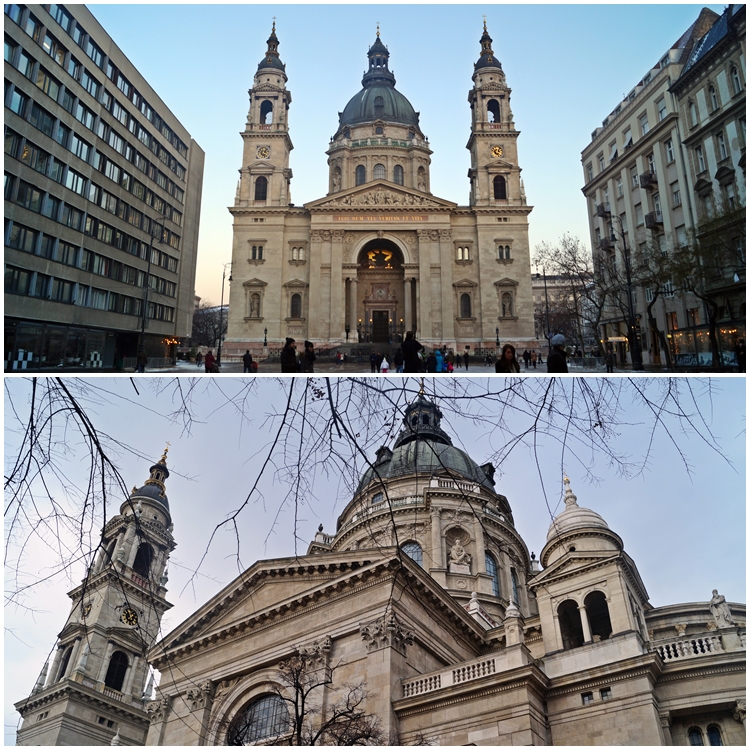
6. The Jewish Quarter
Take an afternoon stroll along the streets of the Jewish Quarter in Budapest’s 7th district; the district that has experienced the most changes over time. It was once home to a flourishing Jewish community, but during the Second World War, it transformed to a ghetto, where the Jews were incarcerated, tortured and murdered and the district has since been left to decay.
The Dohány Street Synagogue, built between 1854 and 1859 in Moorish Revival style, is the largest synagogue in Europe and the second largest in the world. Outside the synagogue, is a memorial in form of a weeping willow tree with the names and tattoo numbers of those who died and disappeared during the Second World War.
Today, most of the buildings in the 7th district are still in disrepair, giving an authentic insight into the way of life for the Jews during the war. Still, the area has emerged as one of the hippest bar-hopping neighbourhoods in Budapest.

7. The Shoe Monument
On the banks of the Danube river on the Pest side lies a memorial dedicated to the Jews that were first ordered to take off their shoes and then shot into the river at this exact place during the Second World War.
The Shoe Monument is a small, silent memorial that is easy to overlook, but hard to forget. The shoes represent the shoes that were left behind, never to be used by their rightful owners again. It’s a strong and moving memorial that tells the story of an awful time in the history of Europe; not only for Jews, but for humanity.

8. The Bridges
Budapest is well known for its four beautiful bridges that connect central Buda and Pest to each other. Each bridge has its own history, its own design and its own unique feel. My personal favourite is the green bridge, the Liberty Bridge (Szabadság híd in Hungarian), which is beautifully designed with aesthetic features such as the four large bronze statues of the Turul bird at the top of the four masts. The Liberty Bridge is very unique, although a walk on all four bridges is highly recommended.


9. The Statues
Several places around the city, you can find lifelike statues that work well as modern and quirky counterpoints to the otherwise clean and tight architecture.
My favourite is the little Peter Pan boy, which I spotted while walking along the banks of the Danube river on the Pest side. Most of the lifelike statues are located on the Pest side in the busy shopping streets or by the river.
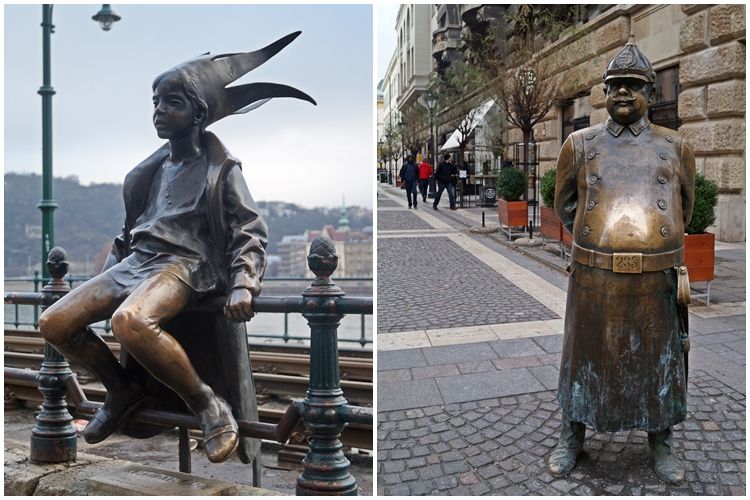
10. City Park and Heroes’ Square
Located a few kilometres from the city center, the City Park and the nearby Heroes’ Square are the hardest of my top-10 to get to – especially if you choose to walk, like me -, but that doesn’t mean that they should be missed. The beautiful City Park was established in 1751 and became the first public park in the world in the 19th century.
Within the City Park lies the stunning Vajdahunyad Castle from 1896, which is home to several festivals, concerts and the Hungarian Agricultural Museum.
The impressive Heroes’ Square (pictured below) is located just outside the City Park. The square is one of the biggest in Budapest and is famous for its statue complex of the Seven Chieftains of the Magyars and other important Hungarian leaders as well as the Tomb of the Unknown Soldier.


This was just some of the amazing things that Budapest has to offer. I was surprised by how much there was to do and see there and I could easily have spent even longer, although 9 days in one city is a record for me. Budapest is one of my favourite European capitals and a definite must for anyone travelling around Europe!
Want more inspiration for your Budapest trip? Download a city guide for Budapest with GPSmyCity here!

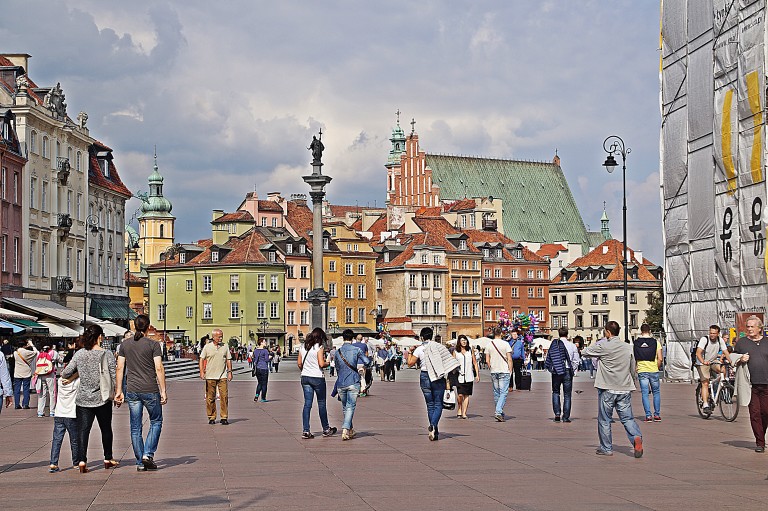

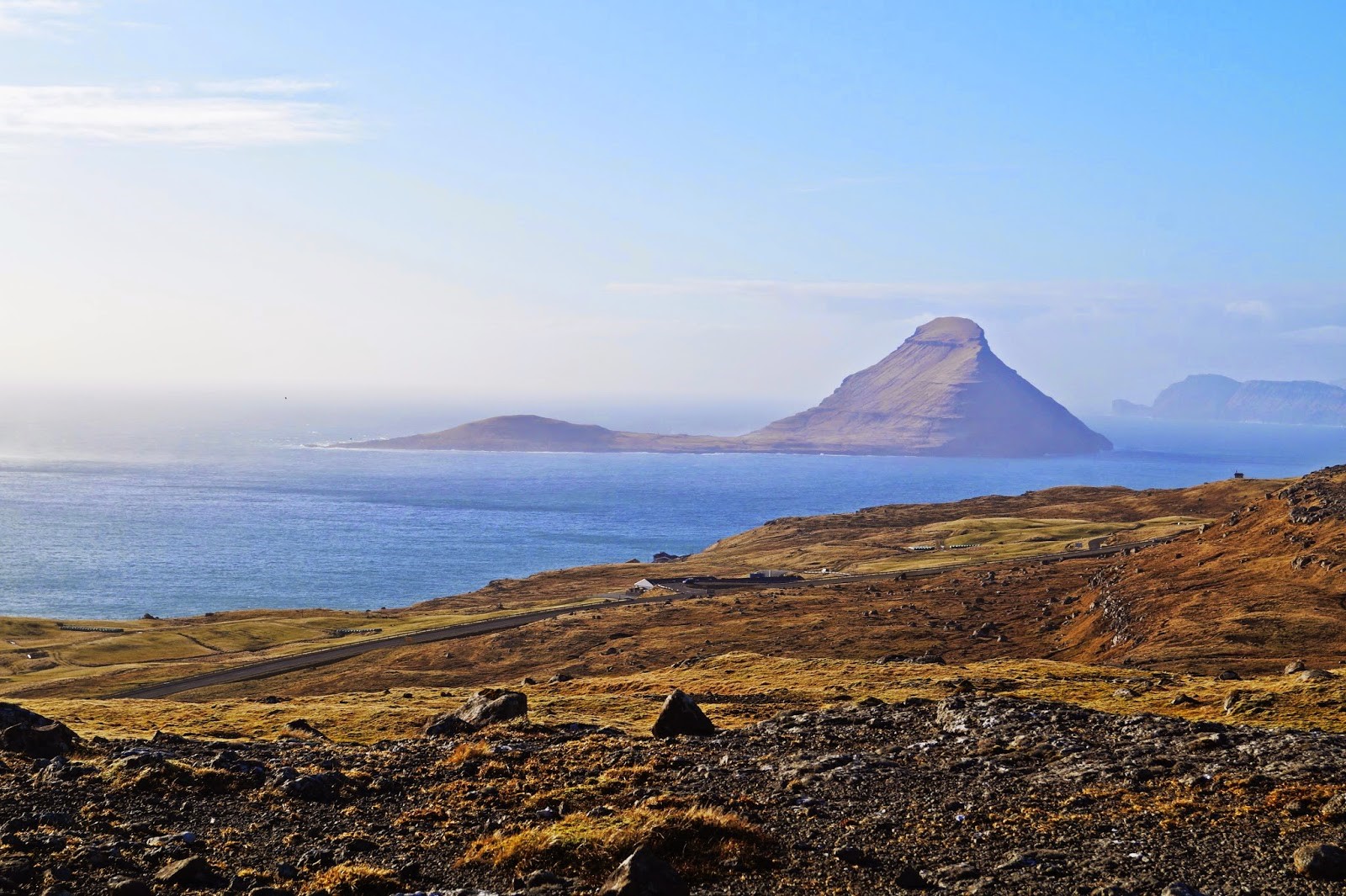
11 COMMENTS
beleznai
9 years agoBeautiful photos and great descriptions! 🙂
melissacherry
9 years agoThank you, I’m glad you enjoyed it! 😀
anroworld
9 years agoYeah, Budapest is amazing city, I have been there and I can agree with you 1005, dear Melissa! You showed it so great, pictures are SUPER!
melissacherry
9 years agoThank you Ann! Do you agree on the top 10? It’s hard to choose only 10 in a city like Budapest! 😀
anroworld
9 years agoYes, I agree absolutely!
mopana
9 years agoIt looks very spectacular. I don’t realize if it’s your post or the City!!? Probably both. :)) But with you as a guide I would go anywhere, Melissa <3
melissacherry
9 years agoHehe I think it must be the city 😉 I would love to show you around, maybe in Denmark someday? 😀
mopana
9 years agoMaybe, who knows 🙂
melissacherry
9 years agoIt would be great! 🙂
mopana
9 years agoI know 🙂
This autumn I might be near to Denmark. My mother try to find fly tickets to go in Norway, because I want to see the Aurora Borealis 🙂
melissacherry
9 years agoOh wow that sounds amazing!! I can recommend Lofoten, it’s a beautiful place and they get Aurora all the time! I can’t wait to see your pictures ?